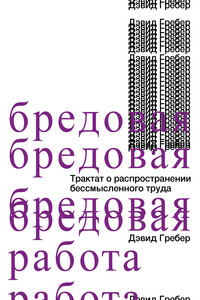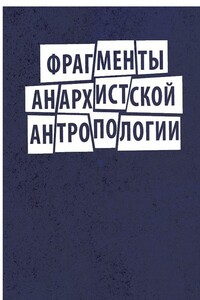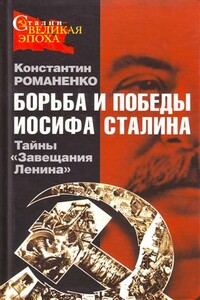1958. “An exact consumption-loan model of interest with or without the social contrivance of money.” In The Collected Scientific Papers of Paul A. Samuelson, vol. 1 (J. Stiglitz, editor), pp. 219–233. Cambridge: MIT Press.
Sarthou-Lajous, Nathalie. 1997. L'ethique de la dette. Paris: Presses Uni versitaires de France. Sasso, Michael. 1978. “What is the Ho-Tu?” History of Religions 17 (314): 399–416. Scammel, Jeffrey Vaughan. 1981. The world encompassed: the first European maritime empires c. 800-1650. London: Taylor & Frances.
Schaps, David. 2004. The Invention of Coinage and the Monetization of Ancient Greece. Ann Arbor: University of Michigan Press.
2006. “The Invention of Coinage in Lydia, in India, and in China.” Helsinki: XIV International Eco- nomic History Congress.
Scheidel, Walter. 2006. “The Divergent Evolution of Coinage in Eastern and Western Eurasia.” Princeton/ Stanford Working Papers in Classics (April 2006): www.princeton. edu/~pswpc/pdfs/scheidel/040603.pdf
2007. “The Monetary Systems of the Han and Roman Empires.” (available at http:// www.princeton.edu/~pswpc/pdfs/scheidel/l 10505.pdf).
2009. Rome and China: Comparative Perspectives on Ancient World Empires. Oxford: Oxford Uni- versity Press.
Schlemmer, Bernard. 1983. Le Menabe: histoire d'une colonization. Paris: ORSTOM.
Schneider, Jane. 1971. “Of Vigilance and Virgins: Honor, Shame, and Access to Resources in Mediterranean Societies.” Ethnology 10:1-24.
Schoenberger, Erica. 2008. “The Origins of the Market Economy: State Power, Territorial Control, and Modes of War Fighting.” Comparative Studies in Society and History 50 (3): 663–691.
Schofield, Phillipp R. and N. J. Mayhew, editors. 2002. Credit and debt in medieval England, с. 1180 — с. 1350. London: Oxbow.
Schopen, Gregory. 1994. “Doing Business for the Lord: Lending on Interest and Written Loan Contracts in the Mu fasarva stiva davinaya.” Journal of the American Oriental Society 114 (4): 527–554.
1995. “Monastic Law Meets the Real World: A Monk's Continuing Right to Inherit Family Property in Classical India.” History of Religions 35 (2): 101–123.
1997. Bones, stones, and Buddhist monks: collected papers on the archaeology, epigraphy, and texts of monastic Buddhism in India. Honolulu: University of Hawaii Press.
2004. Buddhist monks and business matters: still more papers on monastic Buddhism in India. Hono- lulu: University of Hawaii Press.
Schumpeter, Joseph. 1934. History of Economic Analysis. New York: Oxford University Press.
Schwartz, Benjamin 1.1975. “The Age of Transcendence.” Daedalus 104:1–7.
1986. The World of Thought inAncient China. Cambridge: Harvard University Press.
Scott, Tom, and Bob Scribner, editors. 1991. The German Peasants' War: AHistory in Documents. Atlantic Highlands: Humanities Press.
Sea, Thomas F. 2007. “The German Princes' Responses to the Peasants' Revolt of 1525.” Central European History 40(2): 219–240.
Seaford, Richard. 1994. Reciprocity and Ritual. Homer and Tragedy in the Developing City-State. Oxford: Oxford University Press.
1998. “Tragic Money.” Journal of Hellenic Studies 110:76–90.
2002. “Review: Reading Money: Leslie Kurke on the Politics of Meaning in Archaic Greece.” Arion, 3rd series 9(3): 145–165.
2004. Money and the Early Greek Mind: Homer, Philosophy, Tragedy. Cambridge: Cambridge Uni- versity Press.
See, Henri Eugene. 1928. Modern capitalism: its origin and evolution. New York: Adelphi.
Seebohm, Frederic. 1877. The Era of the Protestant Revolution. London: Longmans, Green.
Seidel, Anna. 1983. “Imperial Treasures and Taoist Sacraments: Taoist Roots in Apocrypha.” In Tantric and Taoist Studies in Honor of Rolf A. Stein (Michel Strickmann, editor), II, pp. 291–371. Bruxelles: Institute Beige des Hautes Etudes Chinoises.
Servet, Jean-Michel. 1981. “Primitive Order and Archaic Trade. Part I” Economy and Society 10 (4): 423–450.
1982. ”Primitive Order andArchaic Trade. Part II.” Economy and Society 11 (1): 22–59.
1994. “La fable du troc,” numero special de la revue XVIIIe siecle, Economie et politique (sous la direction Gerard Klotz, Catherine Larrere et Pierre Retat), no.26:103–115.




